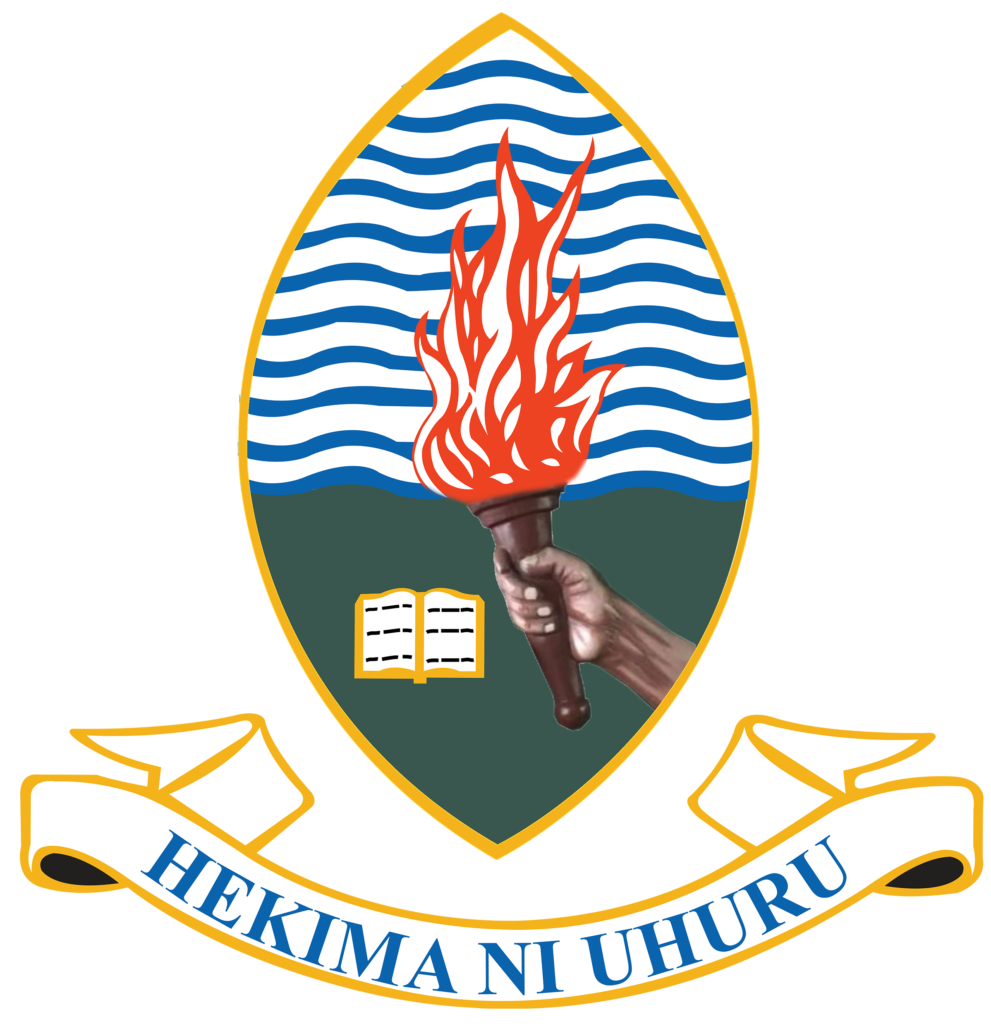Background:
The Tanzanian government has introduced a star rating system to measure the performance of various health facilities (HFs) since 2015. The assessment process was manually conducted, where national assessors assessed individual health facilities manually and later digitized the responses to an excel template to compute facility rating stars. The assessors were then required to perform another time-consuming data entry process for already entered information related to assessment results within the national HMIS system.
UDSM DHIS2 Lab has developed the SRA android application in collaboration with MoH and stakeholders by customizing DHIS2 Touch for facility assessment and star rating. With the SRA offline app, assessors can conduct assessments smoothly even in areas with limited or no internet connection and synchronize data to the national HMIS server when they access the internet. SRA allows the generation of Offline reports and online reports through HMIS and enables the download of facility Star Rating certificates showing the number of stars performed.
Methodology:
The UDSM DHIS2 Lab customized assessment indicators for all 12 service areas into the national HMIS-DHIS2 system, developed the SRA Android app, and deployed it for public download and use. The App allows collaborative assessment among assessors; automatic synchronization of data between the offline device and national server, control of data change after assessment; and provision of facility star, through offline reports. The app takes over the user and system settings from DHIS2 instances, where assessors are given a certain role for managing data and getting assessment reports.
Results:
A total of 2,587 private and public primary health facilities from 10 regions of Tanzania have been assessed using the SRA android app. The implementation has enabled different actors to access facility stars, the performance of selected clinical service areas, key performance indicators, and performance by health facility type per council, regional, or nationwide. The implementation allows downloading the facility star rating certificate with the star performed and access to the quality improvement plan for the identified gaps.
Conclusion:
The SRA app has simplified facility assessment and star rating exercises by removing paperwork assessment and creating a DHIS2 tracker for computation of facility star and QIP. Managers and planners can now perform rapid analysis by triangulating facility star ratings and related service data.


